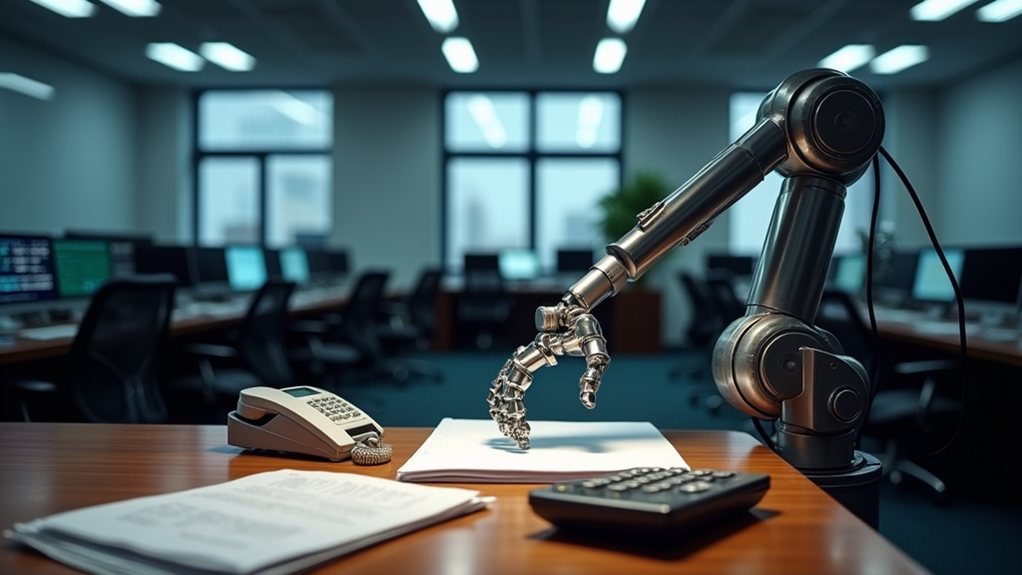Today’s AI, while dazzling and seemingly wise-cracking like a snarky sitcom character, is not quite ‘smarty pants’ yet. Sure, it drives us around in Waymo’s robotaxis and chooses our binge-worthy Netflix shows, earning $1 billion for its trouble. Yet, these shiny algorithms, reflecting a kind of computational finesse, are still chasing those proverbial greased pigs—lacking easy binaries and requiring human backup. Intrigued? There’s *more* to this AI story you’ll want to uncover.
The AI scene reflects refinement in algorithms and training data, while also hinting at the computational wizardry behind the curtain. But let’s keep it real: although they’re impressive, AIs still fumble over tasks that don’t offer easy binary answers, almost like trying to catch greased pigs with Vaseline-coated hands.
Look around—AI is weaving itself into daily life like it bought a season ticket. In 2023, over 223 AI-enabled medical devices got the FDA nod, and fancy autonomous chariots are offering 150,000 driverless rides each week courtesy of Waymo. Way to go, Waymo!
Meanwhile, China’s Baidu isn’t slacking either, running robotaxi services in multiple cities. It’s like The Jetsons decided to grace us early, only without the flying cars. So where’s Rosie the Robot, already?
The magic doesn’t stop; AI is also raking it in on the business front. The global AI market is soaring to a dizzying $391 billion by 2025, which isn’t peanuts, even for Mr. Peanut. With the growing significance of AI, its impact on scientific achievements is becoming increasingly recognized across various fields. Companies fueled by AI-driven insights are better positioned to understand consumer behavior trends, leading to improved inventory management and personalized marketing strategies.
Netflix’s $1 billion haul from recommendations shows why companies are smitten, though who didn’t see that coming with Stranger Things?
As humans and machines continue their evolving tango, the workforce dynamics are changing like a plot twist nobody anticipated. We’re seeing positions blended with AI skills, which now carry this nifty wage premium.
Meanwhile, roughly half of the businesses are efficiently squeezing insights from big data with a little AI help. AI’s ability to reduce response times in disaster situations demonstrates its real-world value beyond mere commercial applications.
With $33.9 billion funneled into generative AI in 2024 alone, there’s no shortage of backers ready to bet on these virtual brains.
Surely, today’s AIs are more than slick impostors—they’re intricate partners in our technological odyssey, albeit ones that occasionally need a reboot and a reality check or two.








